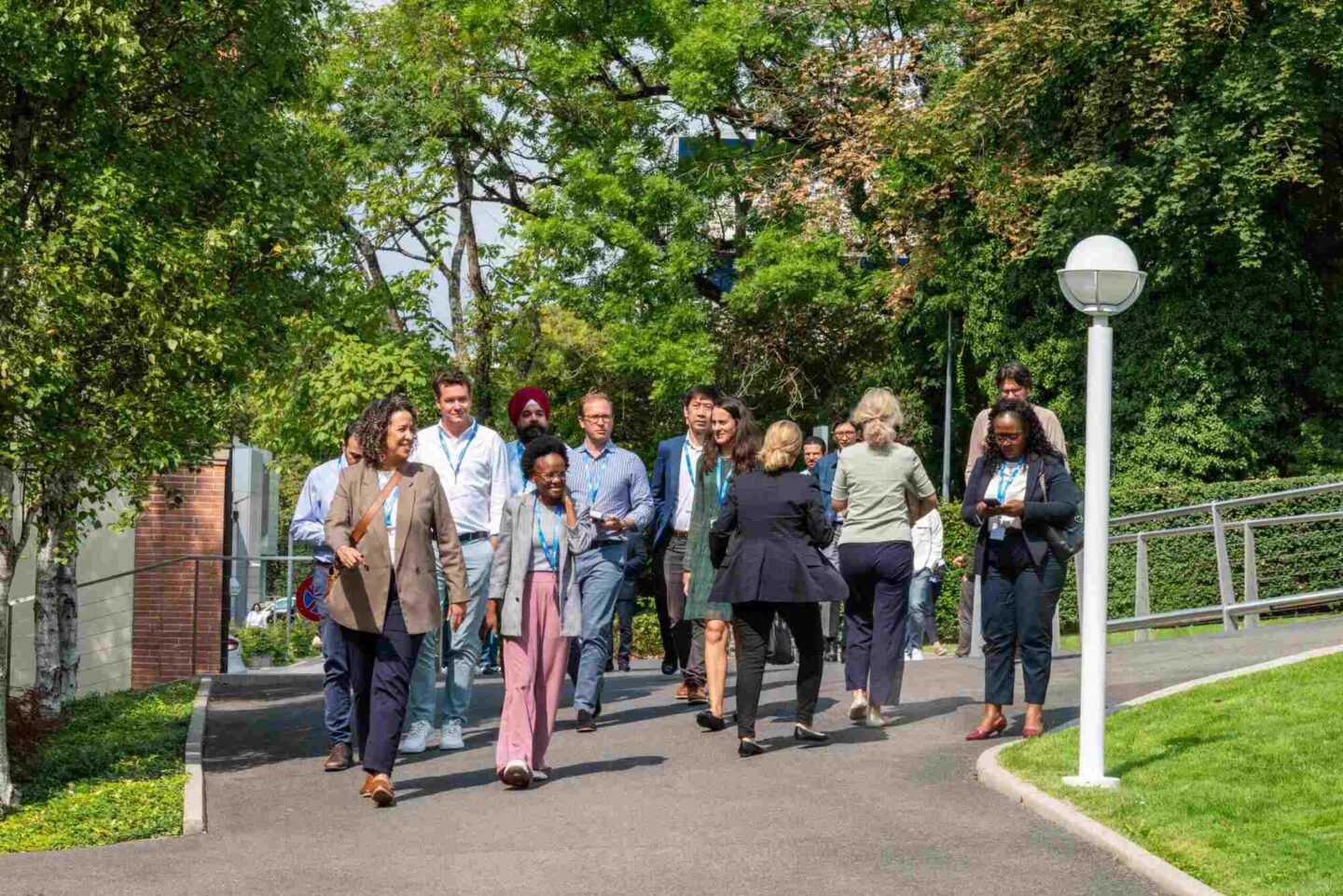Inclusion isn’t a US issue. It’s a leadership imperative.
Even in a country like Switzerland – often seen as tolerant and progressive – colleagues and students of color told us plainly that their experiences were different. They felt the impact of bias and exclusion, even if it took subtler forms. If we took seriously our mission to develop global leaders, we had to take seriously their realities.
So, we began embedding inclusive leadership across the institution. This was initiated by my predecessor Jean-François Manzoni, who led IMD from 2017 to 2024, and who hired IMD’s first chief equity, inclusion, and diversity officer, Josefine van Zanten. Josefine, in turn, coordinated and led many of the efforts you see in place today at IMD. In this, she was supported by a DEI Council comprised of faculty, students, and staff, which I proudly joined as an inaugural member.
Much of the institution got involved: the faculty recruiting team, the research team, the MBA team, and the alumni team. We started out with a fairly bold ambition, but it’s taken four or five years to get IMD to a place where this is embedded in much of our activity. We built on our expertise and published numerous IbyIMD articles and whitepapers on measuring inclusion, inclusive language and images, and, most recently, on bias in AI. We have also reexamined the cases we teach – recognizing that if all our CEO protagonists are white men, we’re sending an implicit message about who gets to lead. We built DEI into our MBA, EMBA, and executive programs not as a side topic, but as a leadership competency.
Crucially, we started having real conversations inside our community. In one program, we ask participants to reflect on a time they felt excluded. Everyone has one. For me, it was being picked last in school sports – minor, perhaps, but memorable. That simple exercise builds empathy. It humanizes the abstract. And from there, real dialogue begins.
These conversations have reshaped not just our programming, but our culture. Our DEI Council has created opportunities for colleagues to share lived experiences – from navigating Switzerland in a wheelchair to being a Black professional in a predominantly white society. That kind of sharing breaks silos. It builds understanding. It fosters real inclusion.
Despite our progress, we are still at the very beginning. The road towards becoming an inclusive organization, one where each community member has a strong sense of belonging and each of us can thrive, is long and windy, with bumps, twists, and turns. But the destination is clear. At IMD, we are resetting our DEI Council for the next phase – and we’re making inclusion central to our broader employee experience and well-being efforts.





 Audio available
Audio available